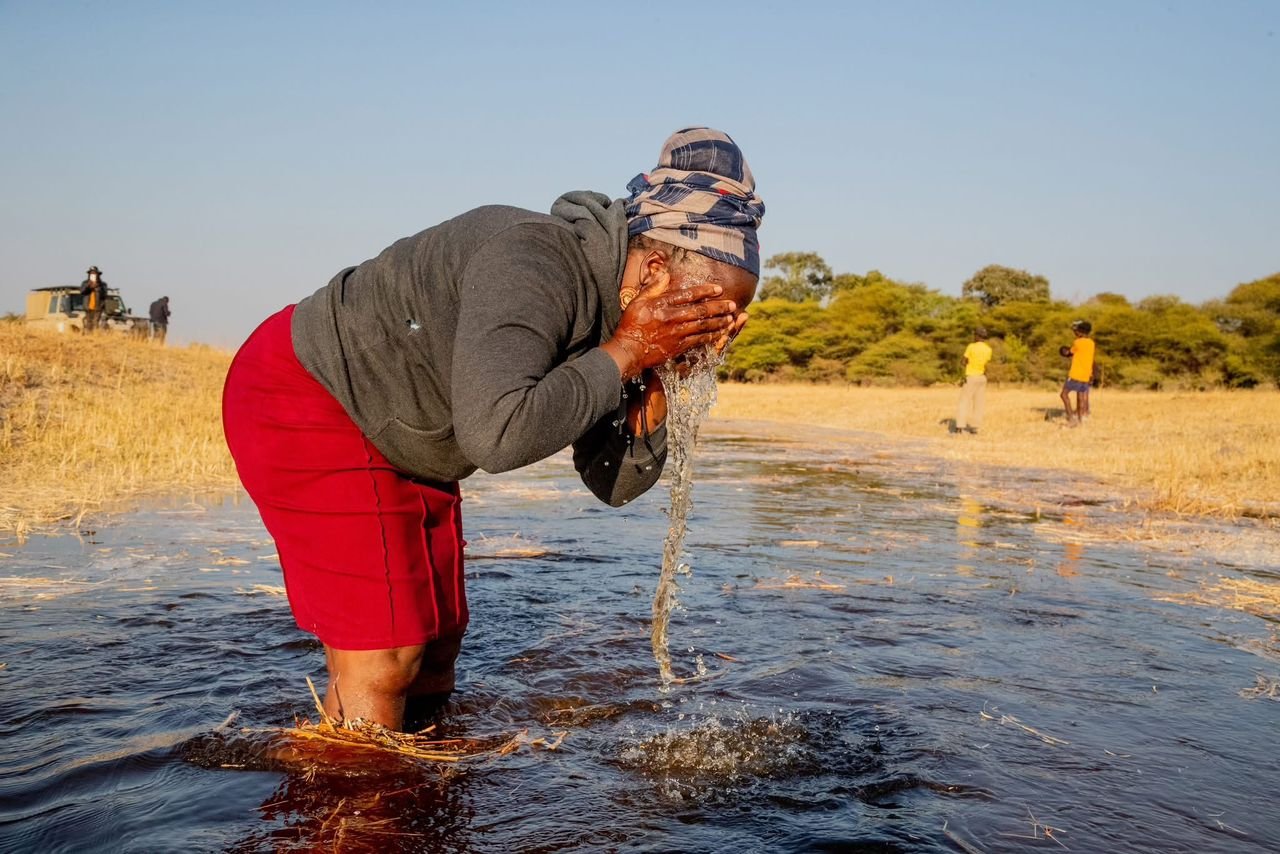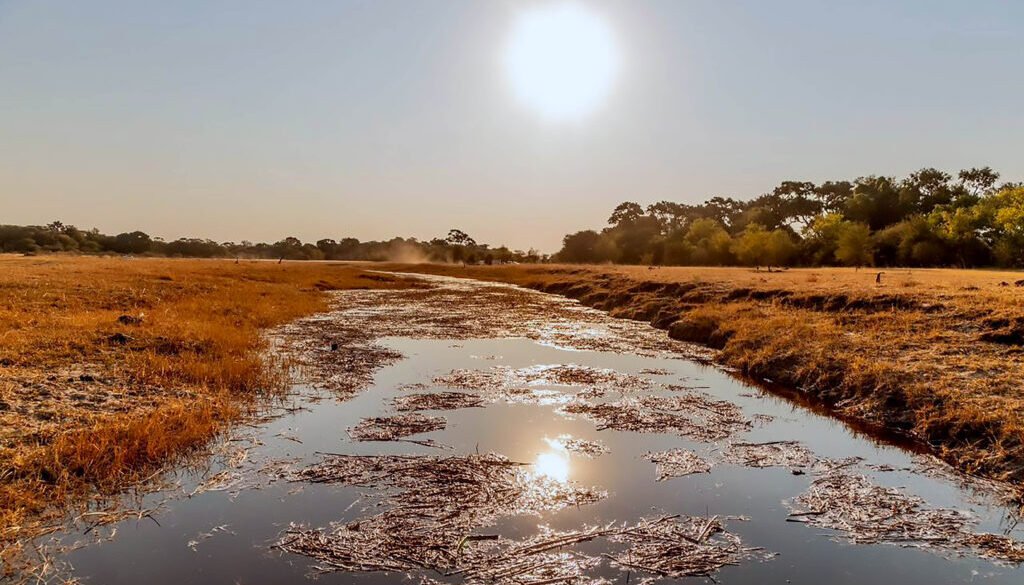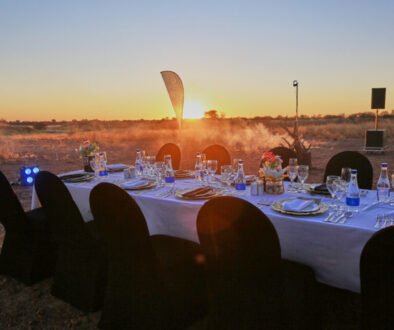Thamalakane river’s journey from bounty to barren, and back
Once the lifeblood of Maun and a beacon for tourists far and wide, the Thamalakane River, usually teeming with life, now lies parched and desolate. This natural wonder, a feather in Botswana’s cap, has long been a drawcard for those seeking a slice of paradise in the heart of Africa. But alas, for now, its vibrant pulse has skipped a beat.
When the Thamalakane was full to the brim, it was truly a sight to behold. Imagine: the sun kissing the horizon as you glided along in a boat, the gentle lap of water against the hull, the air abuzz with laughter and the distant calls of wildlife.
It was a place where worries would simply melt away, offering a much-needed respite from the rat race. For weary travelers fresh off the plane, a view of the river from the likes of Maun Lodge or Cresta Lodge was nothing short of therapy, serving up the wonders of the wild on a silver platter.
The Thamalakane wasn’t just a river; it was an experience, a place where friends and family could let their hair down, enjoy a riverside braai, and create memories that would last a lifetime.
Economically, the river was a goldmine, promising a bonanza of opportunities. It was poised to be a cash cow, ripe for investment in tourism activities and a wellspring of job creation, helping Maun get ahead and make hay while the sun shined.

Sadly, these halcyon days have been swept away by the relentless hand of drought. The Thamalakane, once a vibrant artery, is now as dry as a bone, its bed a stark, empty canvas. This dramatic change has dealt a severe blow to Maun. The flow of tourists has dwindled to a trickle, with many now merely passing through, seeing Maun as little more than a stepping stone to other destinations.
The once-lively riverside establishments now stand bare, their charm lost in translation. A seat at Maun Lodge, once a hot ticket, feels cold and uninviting. The panoramic views from the restaurant, once a feast for the eyes, are now as pale as a ghost.
The symphony of nature and the chirping of birds has been silenced. Boats and canoes, once plying their trade with happy passengers, are nowhere to be seen. The river, once a destination in itself, has become a mere thoroughfare for locals, who, in a desperate bid to make ends meet, have turned to sand harvesting and backyard gardening in its exposed bed.
To add insult to injury, recent reports have painted an even grimmer picture, detailing uncontrollable fires raging through the dry riverbed. It’s a bitter pill to swallow, witnessing a former paradise lost, fueled by the dry vegetation and strong winds that wreak havoc during the winter months.
Yet, not all hope is cast to the wind. Like a phoenix rising from the ashes, there are whispers of good news, promising reports that water is on its way. This news is a much-needed shot in the arm, suggesting that Maun may soon turn the corner and return to its glory days.
As the saying goes, there’s always light at the end of the tunnel, and for the Thamalakane, that light promises to breathe new life into Maun, allowing its vibrant heart to beat strong once more.




